Axon's Automotive Anorak: Attack of the vans
In the build-up to next week’s Geneva Motor Show, a number of vehicle manufacturers have teased and tormented us all with some protracted ‘sneak preview’ information and images over the past few days and weeks, none more so that the PSA Groupe.

PSA began its looooong pre-reveal tease a couple of months ahead of next week’s official unveiling of its new EPM2 light van and utilitarian MPV range, consisting of the all-new Citroen Berlingo, Peugeot Rifter and Opel/Vauxhall Combo.
Along with the Renault Kangoo, Fiat Doblo and Volkswagen Caddy panel van models, the previous two generations of PSA’s Citroen Berlingo and Peugeot Partner light commercial vehicle (LCV) twins had a profound impact on the traditional passenger car-derived LCV panel van models that used to roll the roost, pre-Berlingo et al.
From the family saloon-based Ford Model T, Morris Oxford, Austin Seven, Morris Minor, Austin A35, Mini, Vauxhall Viva HA, Hillman Imp, Ford Escort, Morris Marina, Austin Maestro, Vauxhall Astra and countless other panel vans, regular car-derived LCVs have formed a common part of our street scene for decades.
In the UK in the 1950s and 60s, a variety of kits existed – some offered semi-officially by the vehicle manufacturers themselves via their dealer networks – to convert a saloon-based panel van model into a small, basic family estate car, with the option of rear seats, a roof vent, and occasionally rear side windows, to avoid having to pay the higher rate of passenger car taxation. These kits were especially popular for BMC’s Mini and Austin A35 vans, as well as the commercial versions of the Ford Anglia, Commer/Hillman Husky and Bedford/Vauxhall Viva HA.
The trend for car-based light vans held true for around a century, until purpose-built small-to-medium panel vans such as the Citroen Berlingo and Renault Kangoo came along, offering all of the dynamic attributes of a regular car-derived LCV, but with greater cargo space and versatility. Virtually at a stroke, the traditional smaller LCV van, with the front half of a passenger car, and a bespoke rear end with metal panels covering the regular rear side glass area, was made redundant.
Overnight, the final car-based vans such as the Ford Escort and Vauxhall Astravan were usurped by purpose-built LCVs such as the Ford Courier and Vauxhall Combo. Bizarrely, BMW’s pleasingly-named Mini Clubvan, a short-lived panel van version of the Mini Clubman estate, aimed at the smaller ‘lifestyle’ business, such as local florists, bakers and antique centres, was the last true car-derived van sold in the UK.
A handful of panel van versions of small B-segment hatchbacks do still exist today, such as the Vauxhall Corsavan, Ford Fiesta, Renault Clio, and so on, although even these and becoming scarcer this days, as the dominance of the Berlingo, Transit Connect, Kangoo, Doblo, Mercedes-Benz Citan, Nissan NV100 and others continue to thrive. The Geneva launch of PSA’s new EMP2 LVC/mini-MPV family will see yet another nail on the coffin of the poor-old car-based van…
axon's automotive anorak
axon's anorak








